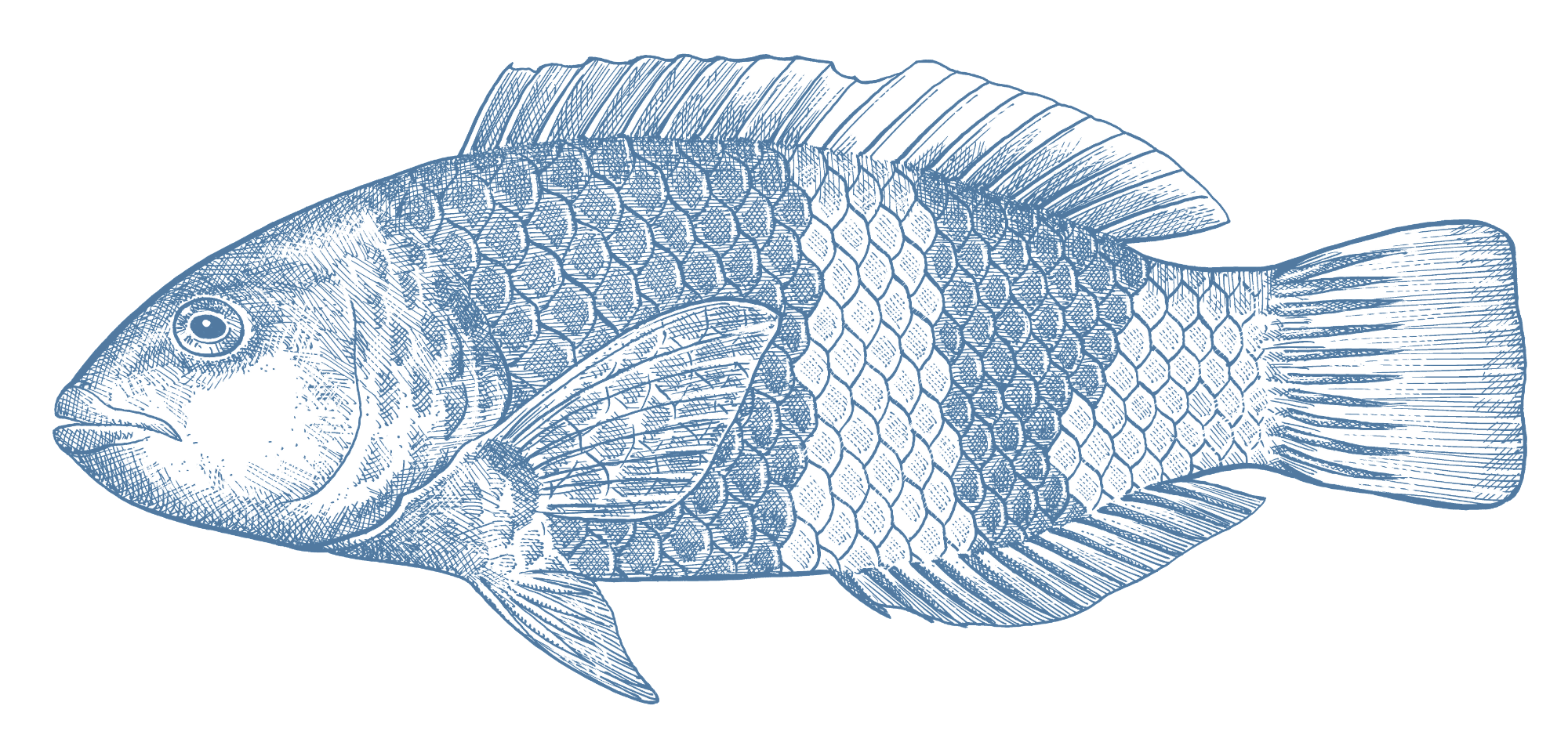





- Better Choice
Wild Caught
Region:
TAS
- In Tasmania, Bluethroat wrasse are targeted in line and trap fisheries, and caught as bycatch in other fisheries, particularly lobster pot fisheries.
- The Tasmanian fishery is managed using basic controls, but fishery status is monitored every year. The fishery is classed as sustainable because of stable medium-term catch rates.
- There is a code of conduct for the fishery where the majority of bluethroat wrasse are caught that may support better bycatch handling and measures to prevent it from happening.
- Fishing for bluethroat wrasse uses methods that pose a low risk to endangered species and marine habitats.
- Scalefish Fishery. There is also catch used for bait in the Rock Lobster Fishery, likely to be underreported (62.4t in 2018/19, 60.1t in 2017/18)
Bluethroat wrasse are a fairly long-lived predatory fish found in cool and cold southeastern waters around coastal reefs. The largest Australian bluethroat wrasse fishery operates around Tasmania using handlines and trap fishing methods.
The stock structure of bluethroat wrasse populations is poorly understood. The species has a complex social structure where adult male fish defend a territory including a harem of females with overlapping home ranges. This likely makes the species vulnerable to localised depletion if fishing effort is concentrated in only a few areas.
Improving trends in fishery monitoring data and stable catches over the medium term give confidence that bluethroat wrasse stocks in Tasmania are at healthy levels.
While reporting, management arrangements and information availability for this species is inadequate, the small scale of the fishery and the methods used are likely to ensure a low impact of the fishery on other species and marine habitats.
Fishery management also considers independent survey monitoring data. There have been efforts to understand the impacts of the climate crisis on key targets in the Scalefish Fishery which is welcome, although management strategies to deal with the changes do not appear to have been implemented yet.


